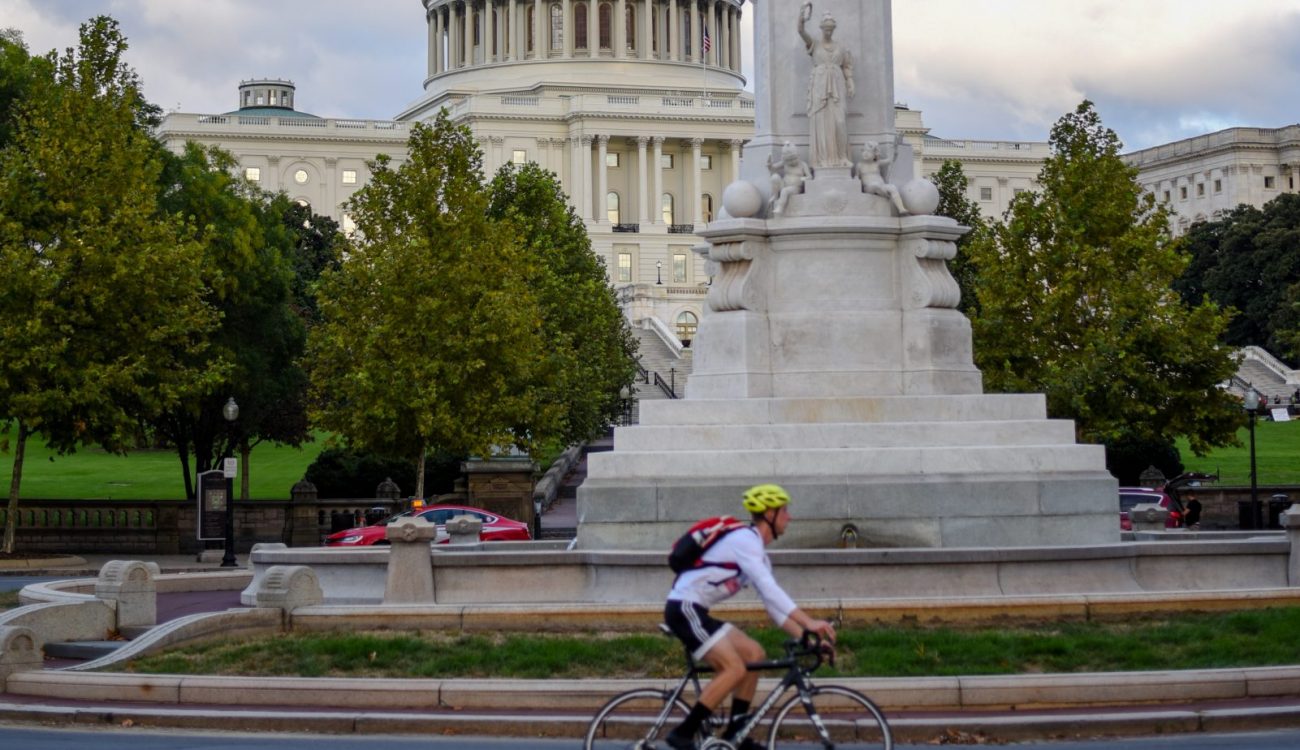
House Reconciliation Bill Needs Your Help
This week, the House unveiled its transportation and infrastructure reconciliation bill – an answer to the Senate’s Bipartisan Infrastructure Deal that notably missed the mark on some important biking initiatives. The House’s bill fills some of the gaps the Senate’s bill left, but there’s more to be done to get it across the finish line.
The House’s transportation reconciliation bill came out earlier this week, and in it were a lot of policies and initiatives important to bikers across the country and across Wisconsin.
The What
In the House’s $3.5 trillion bill, dollars are directed towards many important programs that can increase bike and pedestrian infrastructure and safety, including:
- $4 billion to Community Climate Incentive grants, which are eligible to go to any projects or plans that reduce emissions, including biking and pedestrian infrastructure.
- $4 billion for Neighborhood Access and Equity grants, which includes building bike and pedestrian networks and spines, trails, and complete streets projects, and improving bike and pedestrian safety.
- $6 billion for local transportation priorities, which could be any number of transportation projects at the local level, including bike and pedestrian opportunities.
- $10 billion for the Affordable House Access Program, which improves access to transit in low-income communities.
The When and How
Now that the House’s bill is out, the House Transportation and Infrastructure Committee is working on any amendments it might need to get it through Congress and to President Biden’s desk. Once markups are completed, the House will vote on the bill and send it to the Senate. This is expected to happen within the next week.
Once in the Senate, there are a few routes the bill can take to get to the floor for a final vote, but it needs to be done by the end of September. Most changes to the bill will likely happen next week during the parliamentarian process, in which Senators can question whether or not the bill meets the strict requirements of the reconciliation process (reminder: the reconciliation process allows the Senate to pass a bill on a simple 51 majority vote).
If items are called into question and deemed to not fall within the confines of the reconciliation process, they will either need to be cut or changed.
How You Can Help
With so many moving pieces along with razor-thin margins in both the House and Senate, there’s potential that some of our biking and pedestrian priorities are in danger. A lower price tag could appease Congressional moderates, and that can be tempting to Democrat leadership as they try to get the reconciliation bill across the finish line.
The reconciliation process is complex and nuanced – but at the end of the day, members of Congress are there because of voters like you. Hearing from voices like yours that including all of the biking and pedestrian priorities in the final bill could be the push they need to not back down. The League of American Bicyclists has put together a quick and easy form to contact your representatives in Congress and let them know you support these initiatives – click here to make a difference today.